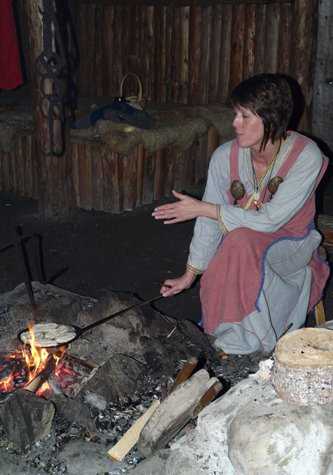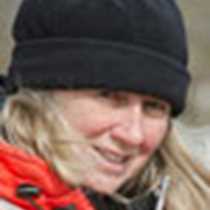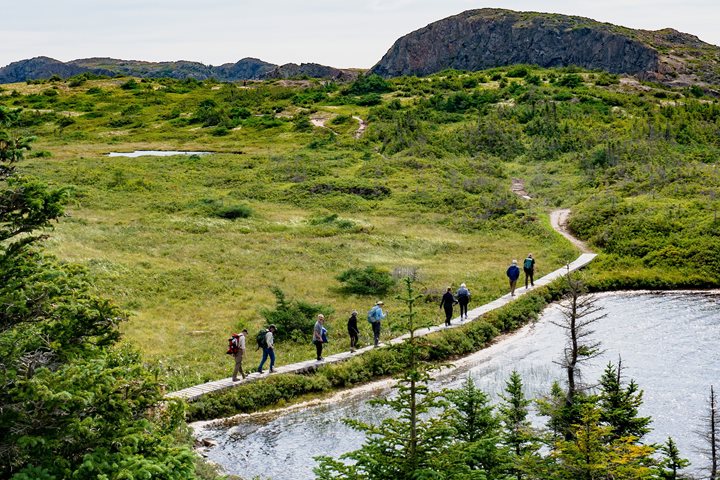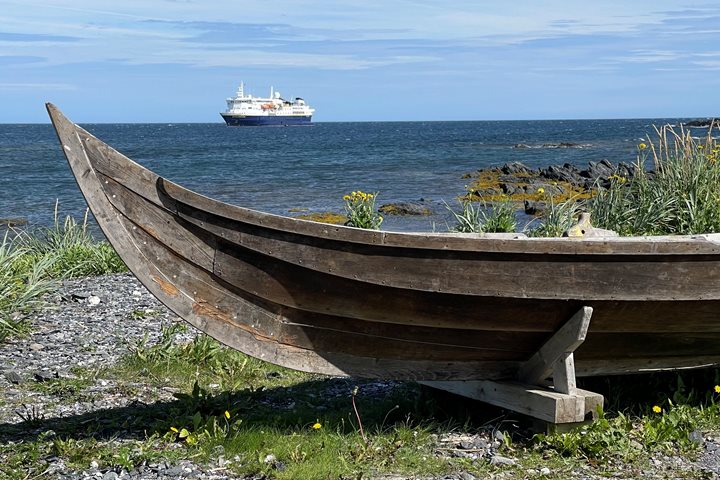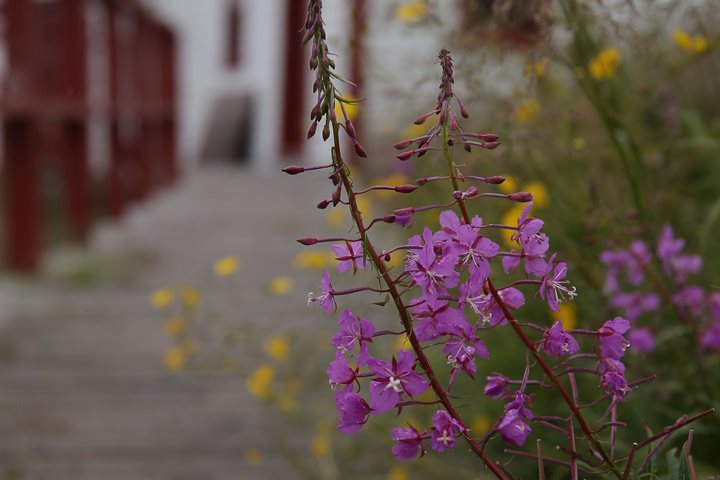It was not marketing hyperbole to describe our voyage as being “in the wake of the Vikings” as we have exactly followed the route of Leif Eriksson who departed from the Norse eastern settlement of Greenland in the year AD 1,000 and sailed west to what became known as “the new world.” We have a description of that voyage in one of the Icelandic sagas, the Vinland Saga, named for that voyage’s final destination. That saga names three other areas that we have traversed on this voyage: Helluland, a land of flat slabs which is most likely Baffin Island; Markland, a land of forests, which is thought to be Labrador; and finally Vinland itself, Newfoundland and the Gulf of St. Lawrence beyond. A land of forests would certainly interest Norse travelers who needed timber for their ships—there was none to be had in either Iceland or Greenland. But what are we to make of the name Vinland? There are natural vines in the region but some historians have suggested that the name signifies a land for fit for Christian settlement, a land of wheat fields and vines where the sacraments could be readily offered, for the Norse had become Christian at precisely the time of Leif Eriksson’s epic voyage.
Like the Navigatio Brendansis, a popular medieval tale describing the voyage of the Irish monk Brendan in these waters, the Vinland saga might have been dismissed as a fable until the painstaking archaeological research of Helge and Anne Stine Ingstad in the 1960s led to the authentication of the Viking site at L’Anse aux Meadows. Most likely it was the site used by Leif Eriksson to over winter on his way south. The settlement was epoch-making: the first iron working in the Americas, the first European child—named Snorre—to be born in the Americas, and intriguingly, the first encounter between the two great migratory branches of homo sapiens who marched east or west out of Africa at the start of our human story some 50,000 years ago. It may not have been a happy encounter, if indeed an encounter occurred, as it was again repeated for another half a millennium. Our visit to the site was thus a fitting culmination to the major historical and cultural theme of the voyage. Two parts comprised this visit: the archaeological site itself and the recreated Viking village of Norstead. We had perfect weather—early autumnal sunshine enabling us both to explore the site and take good photographs.
In the afternoon, we visited the township of St. Anthony focusing on the work of the medical missionary Dr. Grenfell (1865-1940) who based his work there. His work brought medical assistance and wider awareness of the conditions endured by the numerous small fishing communities that ran the length of the Labrador coast in the days when “cod was king.” The excellent Dr. Wilfred Grenfell Interpretation Centre and Grenfell House Museum told his inspiring story. National Geographic/Lindblad guests were particularly drawn to his personal motto: “When two paths open before you, choose the most venturesome.”
